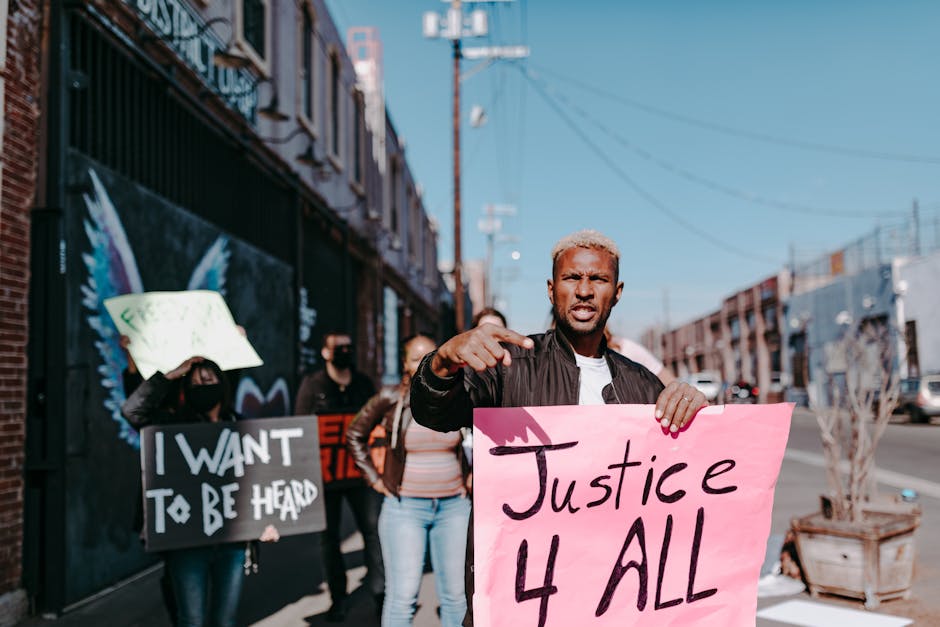Keira Knightley’s name evokes images of English roses, historical dramas, and the swashbuckling spirit of Elizabeth Swann. For decades, she has been a fixture on our screens, but in a startlingly candid conversation, the actress has pulled back the curtain on the grotesque reality of her fame, revealing a story of psychological warfare waged by paparazzi.
The Psychology of a ‘Money Shot’
Speaking on the Chanel Connects podcast, Knightley detailed the predatory tactics employed by photographers during the height of her fame in the early 2000s. She paints a picture not of pesky photographers, but of a calculated, cruel campaign designed to break her spirit for a payday.
The most shocking revelation was the verbal abuse. Knightley said photographers would hurl vile insults at her, including shouting the word “whore,” with a singular, cynical goal: to provoke a reaction.
“The money was in the shot of you crying,” Knightley explained. The goal wasn’t just to photograph her; it was to manufacture a moment of distress. A picture of a smiling actress is standard, but a picture of that same actress enraged, weeping, or losing her composure—that was the money shot. This strategy was built on dehumanisation, turning a person’s emotional pain into a marketable commodity.
The Price of Fame: PTSD at 22
The constant siege took a severe toll on Knightley’s mental health. The relentless harassment led to a diagnosis of post-traumatic stress disorder (PTSD) when she was just 22, forcing her to take a year-long hiatus from her acting career to recover.
But her story isn’t just one of victimhood; it’s also one of incredible, defiant resilience.
A Five-Hour Standoff: Knightley’s Silent Protest
In one extraordinary anecdote, Knightley shared how she engaged in a silent, gruelling battle of wills with her tormentors. Hounded by a pack of photographers desperate for a “valuable shot”—a candid, moving picture of her going about her day—she decided to fight back in the only way she could. She stopped. And she stood perfectly still. For five hours.
By turning herself into a static object on a London street, she rendered herself photographically worthless to them. The dynamic, saleable image they craved was impossible to get. It was a silent protest, an act of passive resistance that speaks volumes about the lengths she had to go to reclaim a sliver of control and dignity in a five-hour standoff for her own sanity.
A Chilling Warning for Celebrity Culture
While Knightley’s experience took place on the streets of London and Los Angeles, it serves as a chilling cautionary tale for today’s burgeoning paparazzi culture worldwide. We see photographers swarming celebrities and their families, chasing cars for an exclusive glimpse. Knightley’s testimony forces us to question the entire ecosystem of celebrity media—from the photographer on the street to the publications that buy the pictures, and to the public that consumes them.
Her revelations are a stark indictment of a culture that often forgets the humanity behind the fame. Her five-hour stand wasn’t just about denying a photograph; it was a silent, powerful scream for the right to exist without being preyed upon. It reminds us that the “price of fame” should never include one’s mental health or basic human dignity.




